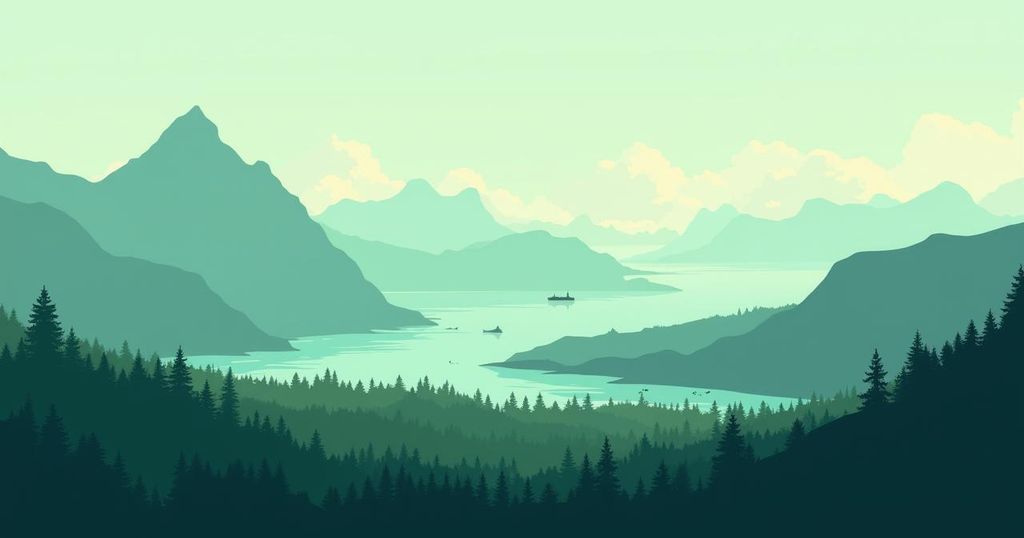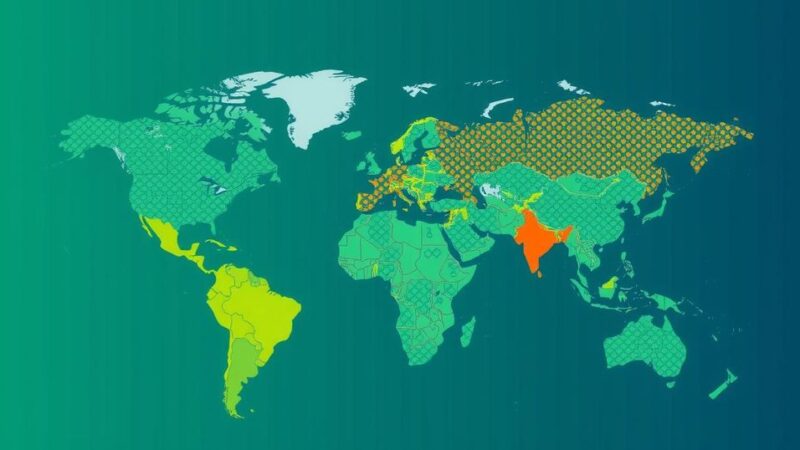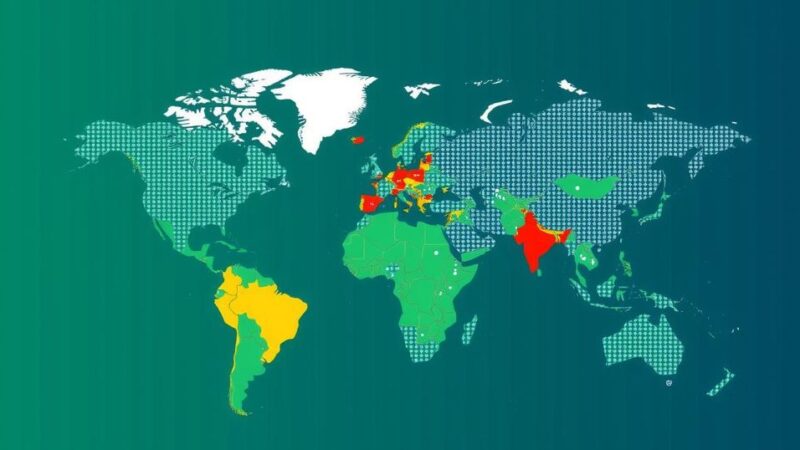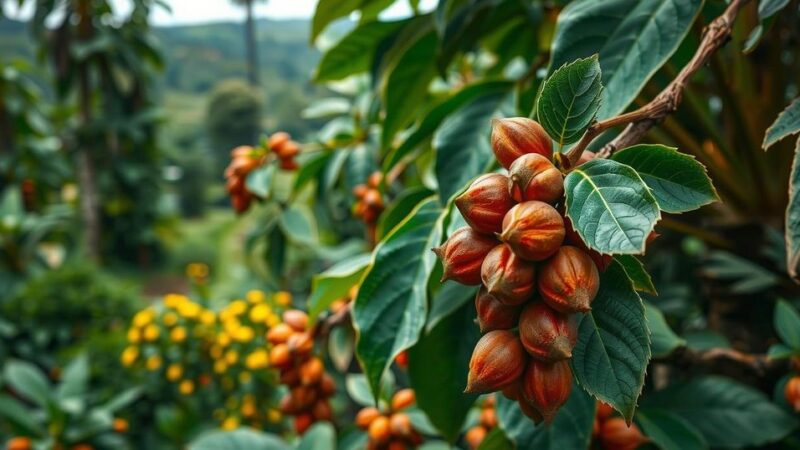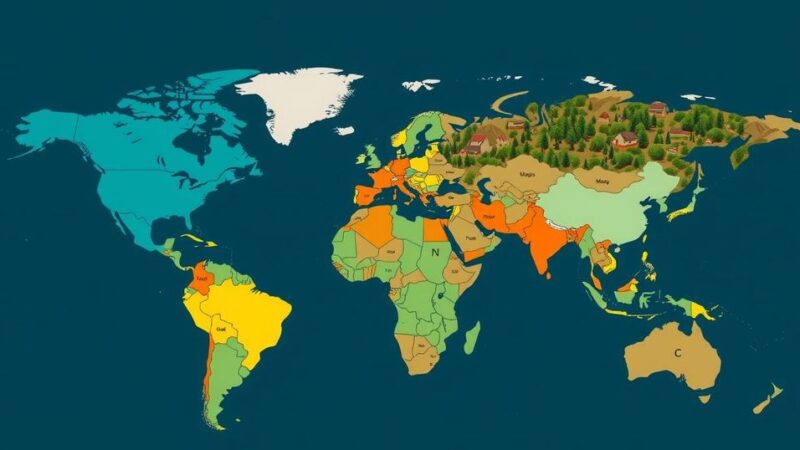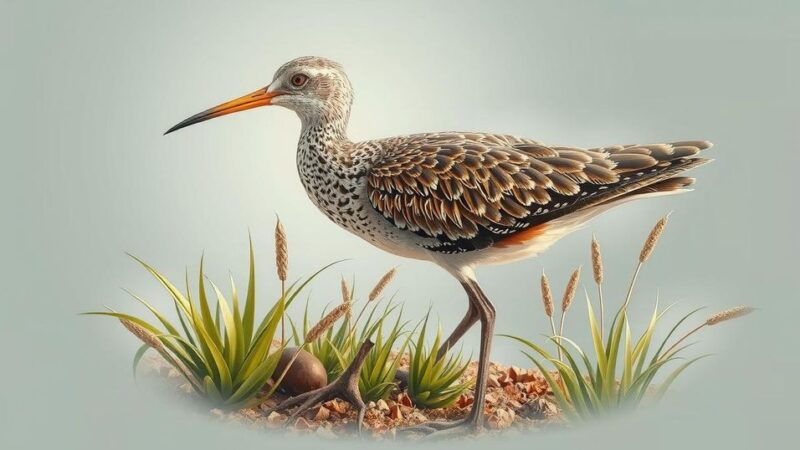A recent study reveals that vegetation on the Antarctic Peninsula has increased over tenfold in the past 40 years, primarily due to climate change. This trend is accelerating, with a 30% increase from 2016 to 2021. While this greening signifies ecological change, it also raises concerns about the introduction of invasive species and the impact of continued warming on these fragile ecosystems.
Recent research conducted by scientists at the British Antarctic Survey has revealed a remarkable transformation on the Antarctic Peninsula, where vegetation has expanded more than tenfold over the past four decades. In an analysis of satellite data, the study identified that plant life covered an area of less than 1 square kilometer in 1986, but this figure surged to nearly 12 square kilometers by 2021. Furthermore, the rate of greening in this region has escalated dramatically, increasing by over 30% between 2016 and 2021. Dr. Thomas Roland of the University of Exeter, a co-author of the study published in Nature Geoscience, stated, “The plants we find on the Antarctic Peninsula – mostly mosses – grow in perhaps the harshest conditions on Earth.” He observed that while the landscape remains largely dominated by ice, snow, and rock, a significant portion has now become colonized by plant life, highlighting the effects of human-induced climate change in even the most remote corners of our planet. The Antarctic Peninsula, which extends from West Antarctica towards South America, has experienced considerable warming, particularly in the latter half of the 20th century. This warming trend, noted as being twice that of the global average since the industrial revolution, raises concerns about the ecological implications of increasing vegetation in this fragile environment. Dr. Olly Bartlett, another co-author from the University of Hertfordshire, indicated that as these ecosystems become better established, the potential for further greening is likely to increase with continued climate changes. He remarked, “Soil in Antarctica is mostly poor or non-existent, but this increase in plant life will add organic matter and facilitate soil formation – potentially paving the way for other plants to grow.” However, this transition carries risks, as the introduction of non-native and invasive species could occur, possibly due to the activities of eco-tourists, scientists, or other visitors to the continent. Dr. Roland emphasized the vulnerability of the Antarctic Peninsula’s vegetation, asserting that under ongoing anthropogenic warming, we might witness significant alterations to both the biological diversity and the landscape of this iconic region. He asserted, “Our findings raise serious concerns about the environmental future of the Antarctic Peninsula, and of the continent as a whole. To protect Antarctica, we must understand these changes and identify precisely what is causing them.”
The Antarctic Peninsula is facing significant ecological changes as a result of climate change, particularly due to warming temperatures. Situated at the southernmost tip of South America, this region has seen an unprecedented increase in vegetation cover over the last 40 years, indicating that even the most extreme ecosystems are responding to environmental shifts. The study conducted by the British Antarctic Survey is pivotal in examining how these changes are manifesting, the current state of plant life on the peninsula, and their implications for both local ecosystems and broader climate dynamics. As the area warms at a rate surpassing the global average, the potential introduction of non-native species poses further risks to the native flora and fauna that ultimately may disrupt these fragile ecosystems.
In summary, the Antarctic Peninsula has undergone a dramatic increase in vegetation cover, more than tenfold in 40 years, primarily due to climatic changes. This greening trend, particularly accelerated in recent years, emphasizes the urgent need for further investigation into the ecological impacts and long-term sustainability of such transformations in this vulnerable region. There are mounting concerns regarding the introduction of non-native species, which could threaten the delicate balance of the local ecosystems. The ongoing research and findings underscore the critical importance of understanding human influence on these remote environments to safeguard their future.
Original Source: cosmosmagazine.com
